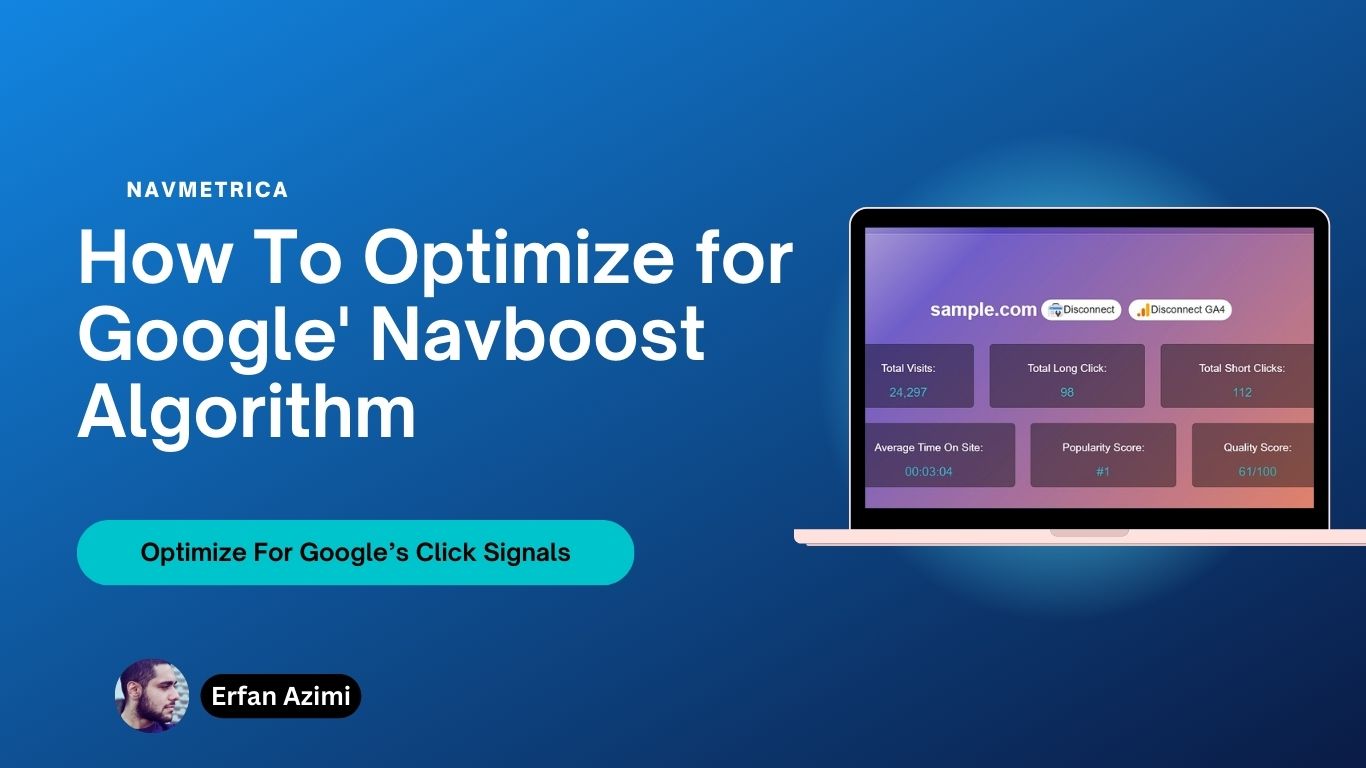Navboost is one of the strongest ranking factors used by Google to reorder document rankings based on the historical data of clicks and queries.
In plain language, it changes the rankings of documents based on how users interact with pages and queries over time
Navboost: The Most Important Google Ranking Signal?
Navboost carries significant weight in search rankings. According to DOJ documents and a leaked resume from Paul Haahr, it has been claimed that Navboost is the most influential part of the algorithm. It is given enough weight to lower the rankings of low-engagement pages, even if they have numerous trusted, topical links, if Navboost data indicates that users are not satisfied with the document for those relevant keywords.
But keep in mind that indexing, basic information retrieval, links, anchor text, and topic-matching systems still matter.
Navboost doesn’t use CTR; it’s all about long clicks versus short clicks
Navboost doesn’t use CTR.
While CTR is useful as an analytics metric, it is not used for search quality. Google’s Navboost algorithm differentiates between short clicks and long clicks to adjust rankings.
The data is then clustered based on geolocation (country, language, city, state/provinces) and device type (mobile vs. desktop) to ensure search results are relevant to users based on their location and device. Users in one location may have different needs compared to those in another, and the same applies to different device types.
CTR manipulation? Think Smarter
Manipulating Navboost (often referred to as CTR manipulation by SEOs) is a challenging task due to the click spam systems involved. Ultimately, it may be more effective to optimize for the Navboost system rather than attempt manipulation, considering the defenses that have been built over the years to combat click spam.
Black hat SEOs have been trying to manipulate clicks with bots for decades, but with no measurable success. This is largely due to the defenses that have been built to disregard fake clicks.
User engagement signals are calculated at both the page level and the site level
Navboost uses document pairs, with queries and clicks, which means that as a direct result of searcher activity, there are changes in rankings (or more precisely, re-rankings) at the page level.
However, during broad core updates, Navboost-like data metrics at the host level (site level) are reprocessed to calculate a site-level score based on the site's engagement signals, popularity, and quality.
So, by improving a large number of pages with poor user engagement, you should, in theory, be able to enhance the site's overall rankings.
How To Optimize For Navboost with NavMetrica
Just like Navboost, NavMetrica collects data on long clicks versus short clicks and navigational queries (Navboost queries). However, keep in mind that our data is very accurate, but the data sources and volume may differ from what Google uses.
In order to optimize for Navboost, we need to analyze and gather data from all competitor sites to understand user behavior. This allows us to redesign and update content in a way that captures user intention and encourages them to stay on the site for a few minutes.
A few key factors to consider:
Data collection:
Use a great title tag that is far better than any of the top 10 competitors. If there aren’t enough Navboost clicks, Google may struggle to rank the page for relevant terms.
- UX (User perception):
It’s not the content you write, but it's how your USERS perceive the content overall. Small things around the page make up their impressions.
Golden- Words:
Use catchy words that grab the user's attention and match their needs.
"Golden words" is a made-up term, but the concept behind it is that users expect certain words on the page that will catch their interest—such as those addressing the problem they're dealing with and your solution.
SEO services in Cyprus
SEO services in Cyprus enhance online visibility, drive traffic, and improve search rankings, helping businesses attract local and international customers, for more info please visit Erfan Azimi's SEO services in Cyprus page.


